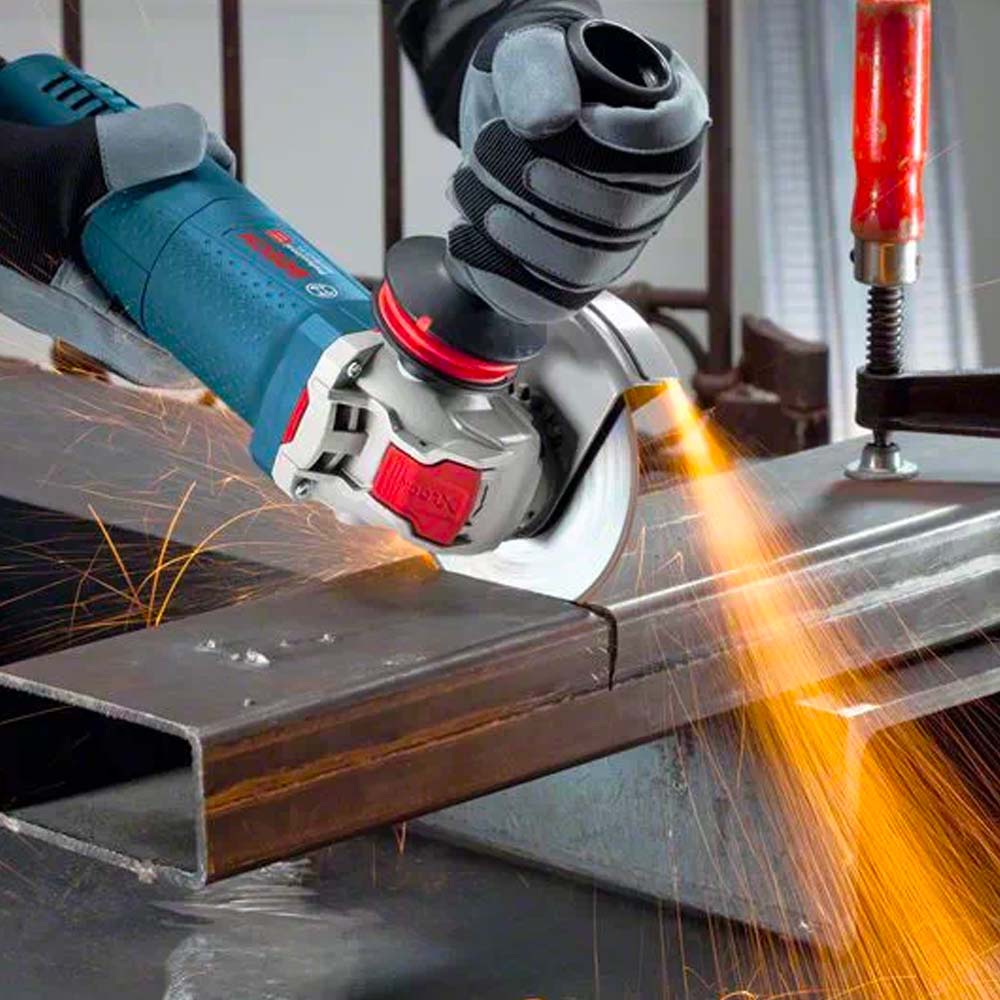The Jackpot Diaries: Chronicles of Casino Winners
Gambling clubs have for some time been magnets for those looking for fervor, extravagance, and the excitement of possibility. These rambling foundations, found in famous areas all over the planet from the clamoring roads of Las Vegas to the lively centers of Macau, offer a diverse encounter that mixes gaming with top of the line friendliness and diversion. Whether you’re a carefully prepared https://slotserverluar.id/ card shark or a first-time guest, venturing into a club guarantees an excursion into an existence where each second heartbeats with expectation and plausibility.
The Games: A Range of Rushes
At the core of each and every gambling club is its assorted exhibit of games, each intended to take care of various preferences and levels of ability. From the essential profundities of poker and blackjack to the fast energy of roulette and the unusual appeal of gambling machines, club offer something for everybody. The environment on the gaming floor is bursting at the seams with the hints of rearranging cards, the twist of the roulette wheel, and the ringing of gambling machines. Whether you’re holding back nothing win or expecting a fortunate turn of events, each game gives a novel mix of challenge and fervor.
Extravagance and Friendliness
Past gaming, gambling clubs are prestigious for their extravagant facilities and top notch conveniences. Rich lodgings and resorts inside gambling club edifices offer visitors sumptuous suites, high end eateries helmed by acclaimed culinary specialists, and spas that give extreme unwinding. Theaters and diversion scenes have staggering shows, shows, and exhibitions by eminent craftsmen, adding a social aspect to the club insight. Whether partaking in a connoisseur dinner, going to a live show, or loosening up in an extravagant spa, club guarantee that each part of a guest’s visit is set apart by guilty pleasure and refinement.
The Plan and Environment
The plan of a gambling club is carefully created to establish a vivid and dazzling climate. Gaming floors are decisively spread out to boost energy and commitment, with games organized to take care of various inclinations and play styles. The climate is improved by surrounding lighting, lively varieties, and a powerful mix of sounds that uplift the faculties and enhance the excitement of the games. The shortfall of clocks and windows inside gaming regions makes an immortal feeling, permitting visitors to lose themselves in the energy without interruptions.
Capable Gaming Practices
In the midst of the energy, gambling clubs focus on mindful gaming practices to guarantee the prosperity of their benefactors. Severe age check cycles and self-rejection programs are set up to forestall underage betting and help people confronting betting related issues. Prepared staff individuals are accessible to offer help and direction, advancing mindful gaming ways of behaving and encouraging a positive gaming climate. Administrative bodies implement norms to keep up with decency and straightforwardness in gaming tasks, shielding the interests of players and maintaining the honesty of the business.
Monetary Effect and Local area Commitment
Gambling clubs assume a critical part in nearby economies, creating work potential open doors across different areas including neighborliness, diversion, and retail. They draw in sightseers from around the world, animating development in related enterprises and adding to monetary turn of events. Charge incomes created by gambling clubs support fundamental local area administrations, framework activities, and public drives that upgrade the personal satisfaction for inhabitants and guests the same. Furthermore, club frequently become social milestones inside their host urban communities, adding to the personality and energy of the area.
Advancement and Future Patterns
As innovation keeps on progressing, so too does the gambling club industry. Web based gaming stages offer helpful admittance to an extensive variety of gambling club games, permitting players to partake in their #1 exercises from anyplace with a web association. Versatile applications and computer generated reality encounters are reforming the gaming experience, offering vivid conditions that imitate the fervor of an actual gambling club floor. Club embrace mechanical advancements to upgrade visitor encounters, take special care of developing shopper inclinations, and keep up with their situation as pioneers in amusement and accommodation.
End
All in all, club are something other than scenes for betting — they are dynamic diversion locations that offer a combination of energy, extravagance, and opportunity. Whether guests are drawn by the excitement of the games, the charm of upscale conveniences, or the possibility of getting a charge out of top notch diversion, a visit to a club guarantees an extraordinary encounter. As these foundations proceed to improve and advance, they remain images of human interest with chance, reward, and the quest for critical minutes in the energetic universe of gaming and amusement.…













